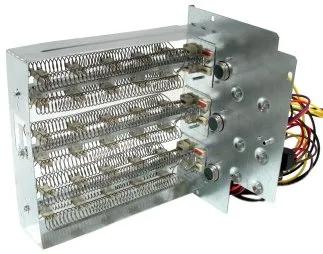
The global Unitary Heater Market size is predicted to reach USD 6.78 billion by 2030 with a CAGR of 5.0% from 2026-2030. The Unitary Heater market is experiencing significant growth in 2025, driven by the increasing demand for energy-efficient, versatile heating solutions in industrial, commercial, and residential settings. Unitary heaters, compact systems that integrate heating elements, fans, and controls into a single unit, are ideal for spaces like warehouses, garages, and workshops. Recent advancements in energy efficiency, smart technology, and sustainable designs are propelling the market forward. This article explores the latest trends, innovations, and challenges in the Unitary Heater market, highlighting its role in meeting modern heating demands.
Demand Driven by Energy Efficiency Regulations
The push for energy efficiency and sustainability is a key driver of the Unitary Heater market. Governments worldwide are implementing stricter regulations to reduce carbon emissions, encouraging businesses and homeowners to adopt heating solutions with higher efficiency ratings. Unitary heaters, particularly electric and hydronic models, are gaining popularity for their ability to provide targeted warmth while minimizing energy waste. Recent reports highlight the role of government incentives in promoting these systems, especially in industrial settings where large spaces require cost-effective heating.
The industrial sector, including warehouses and manufacturing facilities, is a major adopter due to the need for reliable heating in cold climates. The construction boom in urban areas, particularly in North America, is further driving demand, as new commercial and industrial buildings incorporate unitary heaters for their compact design and ease of installation.
Technological Innovations in Unitary Heaters
In 2025, technological advancements are enhancing unitary heater performance. Modine’s refreshed Hot Dawg series, for example, emphasizes improved efficiency and performance, catering to both commercial and residential applications. These heaters feature advanced controls for precise temperature regulation, reducing energy consumption. The integration of smart technologies, such as IoT-enabled thermostats, allows for remote monitoring and scheduling, aligning with the rise of smart buildings.
Electric unitary heaters are seeing increased adoption due to their flexibility and low maintenance requirements. Innovations like Short Residence Time (SRT) technology, validated by companies like Lummus, focus on reducing greenhouse gas emissions while maintaining reliability, signaling a broader industry shift toward cleaner heating solutions. Gas-powered unitary heaters, meanwhile, remain popular in industrial settings for their high heat output, with advancements in burner technology improving efficiency.
Applications Across Diverse Sectors
Unitary heaters are versatile, serving a range of applications. In industrial settings, gas and electric unitary heaters are used to heat large spaces like warehouses and factories, ensuring worker comfort and equipment functionality. Commercial applications, such as retail spaces and offices, benefit from hydronic unitary heaters, which provide consistent warmth and integrate with existing HVAC systems. Residential use is growing, particularly in garages and workshops, where compact heaters like Modine’s Hot Dawg series offer efficient, localized heating.
The rise of hybrid work environments has also increased demand for unitary heaters in home offices and small commercial spaces, where they provide cost-effective, standalone heating solutions. Their ability to deliver zoned heating enhances energy savings, making them a preferred choice across sectors.
Regional Market Dynamics
North America leads the Unitary Heater market, driven by cold climates and a strong construction sector in the U.S. The region’s focus on energy efficiency, supported by regulations like those from the Department of Energy, is boosting adoption. Asia-Pacific is a fast-growing market, with China and India investing in industrial and commercial infrastructure. Europe’s market is driven by sustainability mandates, with countries like Germany and the UK prioritizing low-carbon heating solutions.
Emerging markets in Latin America and Africa show potential, but reliance on imports and limited local manufacturing pose challenges. Expanding production in these regions could unlock further growth opportunities.
Competitive Landscape
The market is competitive, with key players like Modine, Reznor, Trane, and Lennox International leading through innovation. Modine’s focus on energy-efficient designs and Reznor’s advancements in gas-fired heaters are setting industry standards. Smaller players are entering with cost-effective solutions, targeting SMEs and emerging markets. Strategic partnerships with HVAC system providers are also enhancing market reach and product integration.
Challenges in the Market
The Unitary Heater market faces several challenges. High initial costs for advanced models, particularly those with smart features, can deter adoption among smaller businesses. The need for skilled technicians to install and maintain these systems is a bottleneck, especially in developing regions. Retrofitting older buildings with unitary heaters can be complex and costly, limiting market penetration. Supply chain disruptions, particularly for components like sensors and heating elements, also impact production scalability.
Opportunities for Growth
The market offers significant opportunities, particularly in sustainable heating solutions. The global push for net-zero buildings is driving demand for energy-efficient unitary heaters, while government incentives for green construction support adoption. The rise of smart buildings and IoT ecosystems is creating new applications, with unitary heaters integrating seamlessly with building management systems. The industrial sector’s expansion, particularly in Asia-Pacific, presents further growth potential.
Conclusion
In 2025, the Unitary Heater market is thriving, driven by energy efficiency regulations, technological advancements, and diverse applications. Innovations like smart controls and low-carbon technologies are enhancing performance, while demand from industrial, commercial, and residential sectors fuels growth. Despite challenges like high costs and retrofitting complexities, opportunities in sustainable buildings and emerging markets are promising. As companies like Modine and Reznor lead with innovative solutions, unitary heaters will continue to play a vital role in delivering efficient, sustainable heating for a wide range of spaces.


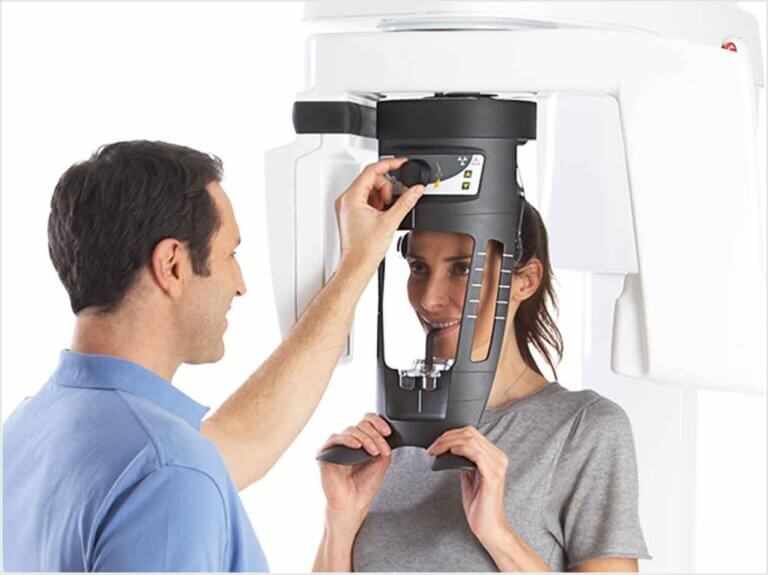


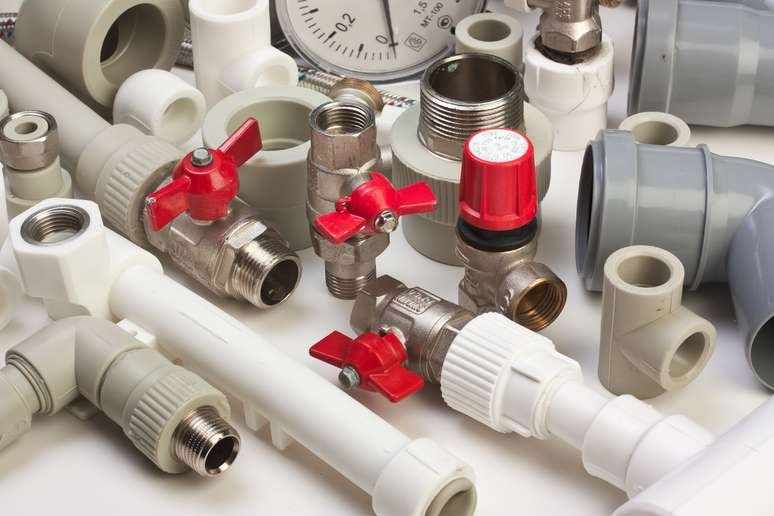


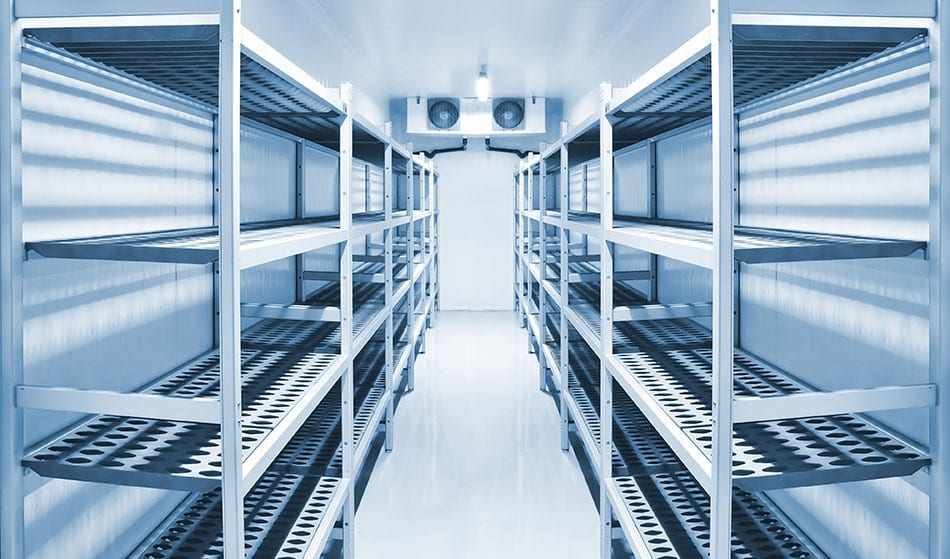



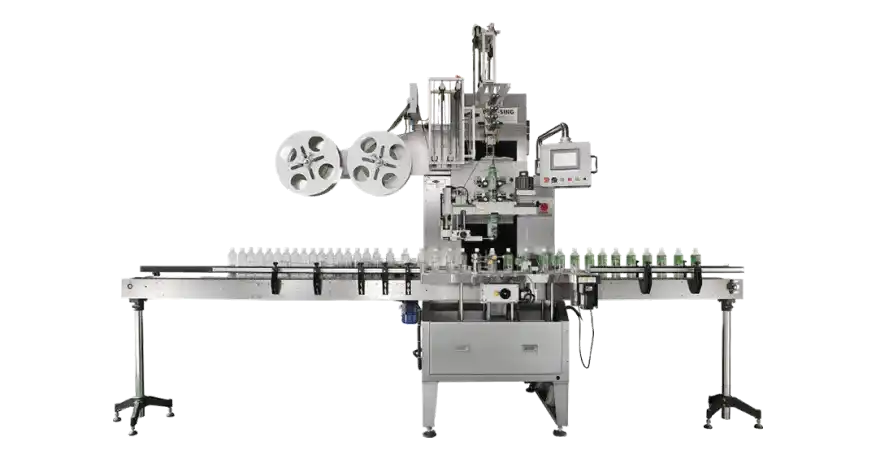

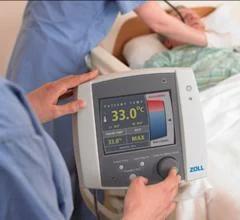

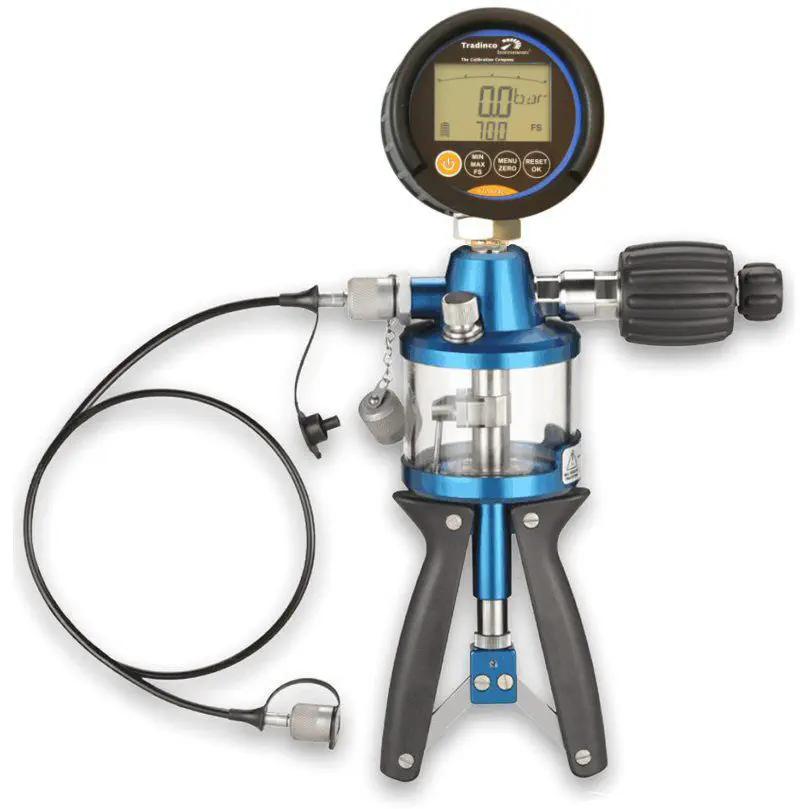
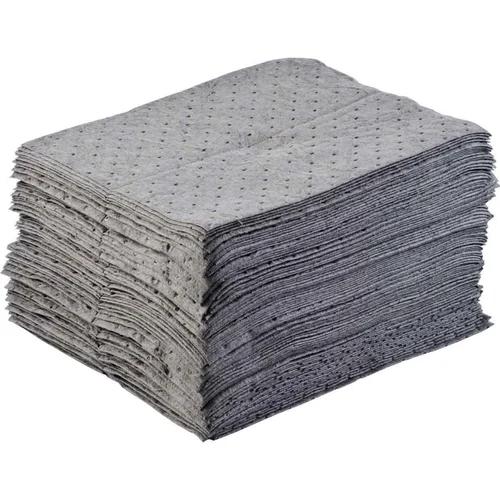
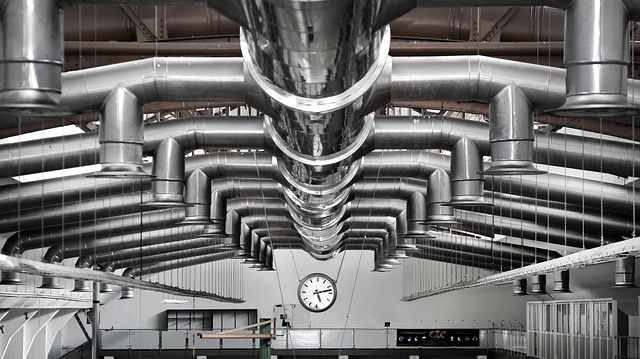

Write a comment ...